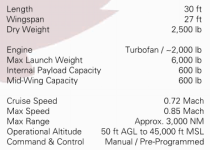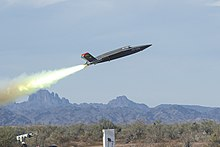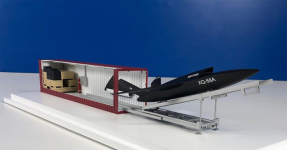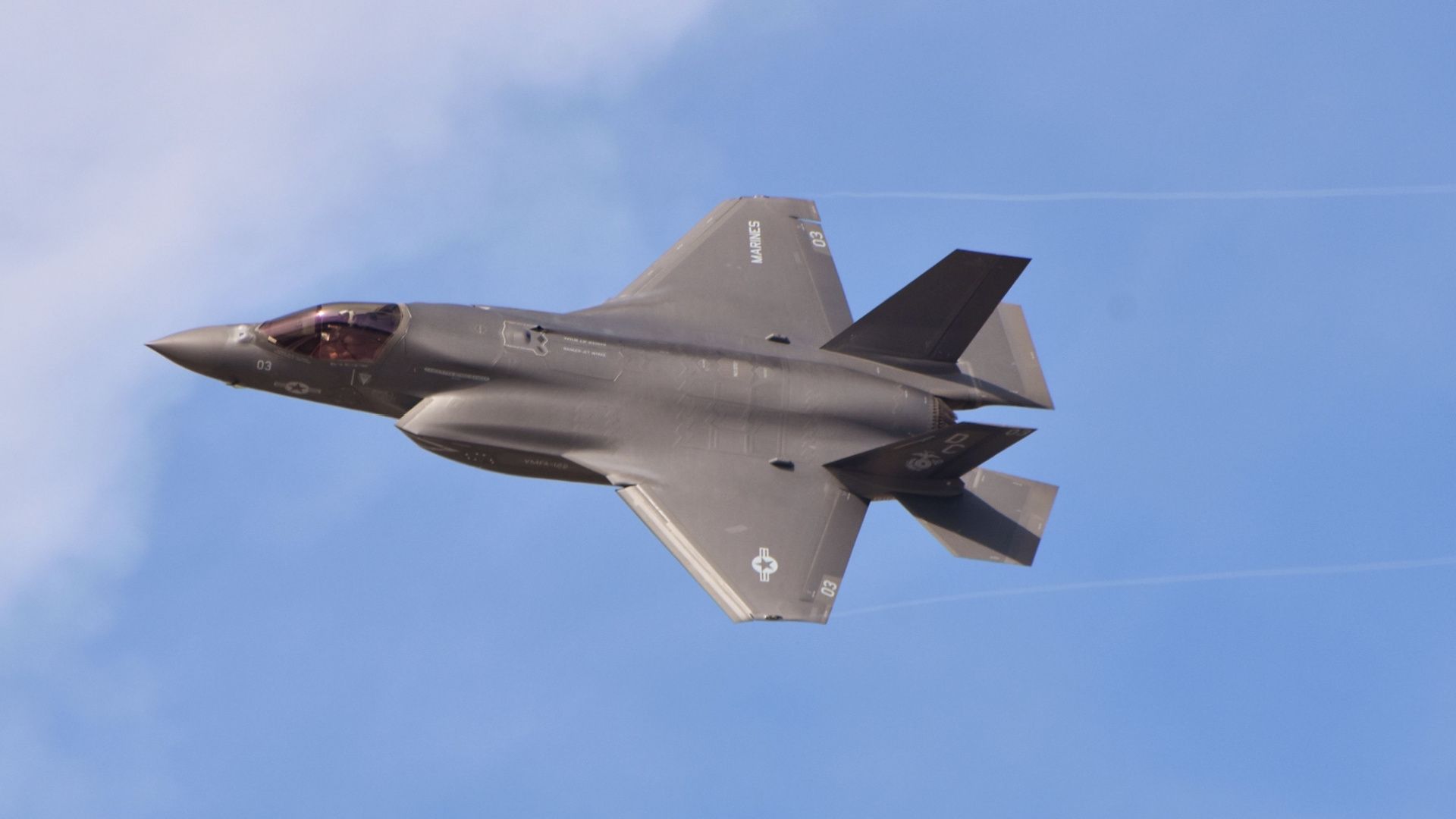It really doesn’t offer what you think it does.
For extreme long range fires, you will want a hypersonic reentry vehicle. Which I think isn’t a goal for the CAF. I’d love to get into a deeper conversation on why I don’t think that system is practical but it does jump into classified stuff and not for an open board.
I think it offers more than this - which is giving the Ukrainians a lot of aggro.

| Mass | 200 kg (440 lb) |
|---|
| Length | 3.5 m (11 ft) |
|---|
| Wingspan | 2.5 m (8.2 ft) |
|---|
| |
| Warhead weight | 50 kilograms (110 lb)[7] |
|---|
| |
| Engine | MD-550 piston engine |
|---|
Operational
range | 2,500 km (1,600 mi)[7] |
|---|
| Maximum speed | Around 185 km/h (115 mph) |
|---|
Guidance
system | GNSS, INS[8] |
|---|
Launch
platform | Rocket-assisted take-off |
|---|
And Ukraine is messing with Russia despite having a lot fewer long range drones.
Ukraine has developed new long-range drones that can attack targets deep in Russian territory and are threatening both its oil and gas facilities ...

www.intellinews.com
And both Russian and Ukrainian drones are a lot less capable than drones like Valkyrie or Ghost Bat. Add in the ability of both craft to launch long range submunitions, including Electronic Decoys
The XQ-58 is designed to act as a
loyal wingman that is controlled by a parent aircraft to accomplish tasks such as scouting, defensive fire, or absorbing enemy fire.
[4] It features stealth technology with a trapezoidal
fuselage with a
chined edge,
V-tail, and an
S-shaped air intake.
[3] The XQ-58 can operate as part of a swarm of drones, with or without direct pilot control. The XQ-58 can make conventional take-offs and landings or be launched from "nondescript launch modules", such as
support ships,
shipping containers, and
semi-trailer trucks.
[5][6]
Kratos officials have said the company could produce 250 to 500 Valkyries per year.
[7] It can be produced at a
unit cost of $4 million at an annual production rate of 50 aircraft, and possibly for less than
$2 million if over 100 airframes are built per year.[8]
F35 production is 156 per year at circa 100 MUSD each (15.6 BUSD)
The Pentagon is reportedly considering a cut to next year’s order but international interest continues to rise.

www.defenseone.com
The cost has fallen since launch, but still reached up to over $100 million.

simpleflying.com
15.6 BUSD invested in Valkyries at 2 MUSD, in the same ballpark as the price of a Tomahawk missile, buys you 7800 uncrewed delivery systems instead of 156 systems with a pilot on board. Unlike the Tomahawk the Valkyrie can RTB and swap payloads, effective against all surface targets and some aerial targets, potential as an ISR platform for sovereignty intercepts.
NOT A CURE ALL. NOT A SILVER BULLET. (Wanted to penetrate the tinnitus that afflicts some of us).
But three Batteries/Squadrons could pose an interesting set of problems for a Canadian opponent. (Make it 5 and you have one on each ocean, one for domestic flexibility and training and one for overseas deployment)


Payload could include a couple of MALD decoys -
| Mass |
- MALD: 279 lb (127 kg)
- MALD‐J: 286 lb (130 kg) (est)
|
|---|
| Length | 9 ft 4+1⁄2 in (2.858 m) |
|---|
| Width | 16.2 in (0.41 m) |
|---|
| Height | 14.7 in (0.37 m) |
|---|
| Wingspan | 5 ft 7 in (1.70 m) |
|---|
| |
| Engine | Pratt & Whitney TJ‐150 turbojet
0.67 kN (150 lbf) |
|---|
Operational
range |
- MALD: 500 nmi (580 mi; 930 km)
- MALD‐J: 486 nmi (559 mi; 900 km)
|
|---|
| Maximum speed | Mach 0.9 (1,000 ft/s; 310 m/s) |
|---|
Guidance
system | GPS, INS |
|---|
Launch
platform | F-15, F-16, F-22, F-35, A-10, B-1B, B-52, P-8A Poseidon, MQ-1 Predator, MQ-9 Reaper |
|---|
More problems for the other guy.
Again, not a silver bullet, not an either or procurement, but one of the many layers of the onion, part of the system of systems. (Am I clear yet?)
Layered with F35s, and P8s, and SkyGuardians, and Tomahawks and Standards, in conjunction with naval assets and an expeditionary army - with necessary protections.
One of many parts.
....
Of course one of those systems positioned in Point Pelee would present an entirely different target set for an independently minded Canadian government....


www.windfinder.com











